Writing research takes me to historic graveyards all over the world, and I love taking pictures of these beautiful open-air museums.
To see more of my photos, read articles about cemetery symbols, and to grab your FREE copy of a Quick Guide to the Many Meanings of Hands in Historic Cemeteries, visit my website: TuiSnider.com . 
ABOUT THE AUTHOR
Tui Snider is an award-winning author, photographer, musician, and speaker who specializes in offbeat travel, cemetery symbols, and haunted lore. As she says: I used to write fiction. But then, I moved to Texas!
Snider's writing and photography have been featured by a  variety of outlets, including Coast to Coast AM, FOX Travel News, LifeHack, Sky Europe, easyJet , the City of Plano and many more.
variety of outlets, including Coast to Coast AM, FOX Travel News, LifeHack, Sky Europe, easyJet , the City of Plano and many more.
Sniders award winning books inspired by the Lone Star state include Paranormal Texas, The Lynching of the Santa Claus Bank Robber , and Unexpected Texas .
In 2016, Tui served as the Writer in Residence for Tarleton State Universitys Langdon Review. S he recently taught classes based on her books at Texas Christian University.
Tui has several new projects in progress, including companion journals for this book ( Graveyard Journal: A Workbook for Exploring Historic Cemeteries , and Ghost Hunters Journal: A Workbook for Paranormal Investigators) as well as a book about quirky burial sites and the stories behind them . To find out when these books will be released, and to keep up with all of Tuis projects, sign up for her private newsletter over at TuiSnider.com
Tui enjoys connecting with readers all over the world. If youre on Twitter, Instagram, Facebook or Pinterest, follow her and say hi.
ACKNOWLEDGMENTS
If youll pardon the pun, writing Understanding Cemetery Symbols was a tremendous undertaking! I never would have been able to publish this book without the kindness, encouragement, and assistance I received from the following: Craig Rahanian, Bob Snider, Woofmutt, The StoryDam Twitter chat peeps, Joy Daley, Shelly Tucker, Bambi Harris, Naomi Morlan, Laura Douglas, Raymond Huyghe, Teal Gray, Russ, Patty, Mike, and David Sumoflam Kravetz.
Im also grateful to everyone who chatted with me at the 2017 Southern Monument Builders Conference, especially: Sammie Peters, Kirsten Trudo, Dodi Campbell, and Rusty Brenner.
A huge thank you also goes out to members of my Launch Team, who continue to help me spread the word about my writing: Teal Gray, Alycia Forbes, Donna McNicol, Christa Monaco, Judith Brumm, Sheila Gay, Deb Atwood, Tim Fooks, Kerry Dewbre, Jeri Martin, Nicole Rivera, Denise Young, Anna ES, Amanda Malm, Patricia Lynne, Paula Puffer, Ed Wetterman, Jay Gillis, Brenda Newby, Georgina Holzmeier, Heidi Fountain, Kit Cameron, Julie Reeser , Susan Hill, Sierra Nyokka, Laura Irrgang, Jan Dotter Gomes, Linda Anthony Hill, Melissa Blaine, and Steven Malone.
Id also like to thank every single person who ever visited my blog, said hi on Facebook, or RTd me on Twitter!
DEDICATION
To my ever-loving hubby, Larry, my graveyard buddies (Teal Gray, Laura Douglas & Shelly Tucker) & Eddie Hargrave:
If Heaven has books, I know you re reading them all !
CONTENTS
About the Cover Photos
About the Author
Acknowledgments
Dedication
1 WHY SYMBOLS MATTER
People often assume our ancestors used symbolism on their tombstones because they were illiterate. You dont have to know how to read, after all, to understand a symbol.
A HIGHLY LITERATE NATION
While researching this book, I looked at US literacy rates throughout history. Although the exact numbers are hard to pin down, I was surprised to see how high the numbers were.
For example, from 1650-1670, the literacy rate in New England is estimated at nearly 60%. By 1795, this number climbed to 90%. Even more impressive, many historians claim that Bostons literary rate was nearly 100% during this time period.
Of course, these literacy figures only take upper class white males of the time period into account. Its hard to say what the literacy rate was for women, and the poor. As for slaves, in many parts of the United States it was illegal for them to learn how to read until much later.
Even so, the hey day for cemetery symbolism in Americas historic graveyards spans roughly from 1830 to 1910. Literacy rates at this time are estimated to be anywhere from 90 to 97%.
So, while it is beyond the scope of this book to delve into all the intricacies of literacy in America, suffice it to say that we are, and have always been, a highly literate nation.
WHATS SO GREAT ABOUT SYMBOLS ANYWAY?
Often, when I tell people how much I enjoy researching cemetery symbolism, they react as if Ive joined the Illuminati or some other mysterious secret society. In reality, there is nothing weird or arcane about using symbols.
All of us use symbols each and every day. For instance, we see a red octagon at the corner of the street while were driving, so we stop. A friend texts us by phone to ask how our job interview went and we reply with an emoticon, such as :) to symbolize a smile, or :( to indicate a frown. Symbols are a quick and easy substitute for written words. But there can be much more to them than that.
I learned a lot while researching this book. Obviously, I learned a lot about cemetery symbols. More than that, however, I realized that our relationship with symbols has changed dramatically since the first European settlers set foot on this continent.
To explain, let me back up and define symbols again. Simply put, symbols are the perfect example of the old cliche that a picture is worth a thousand words.
There is, however, a deeper way to connect with and use symbols. This is what makes them so fascinating, and even powerful.
When we are deeply connected to a symbol, it takes a bunch of complex ideas and communicates them instantly. When you look at a symbol that you are deeply connected to, its like a visual download, and can even elicit strong feelings.
Heres an example every American can relate to: our countrys flag. Obviously, the American flag is not a sentient being. However, if you saw someone rip or burn one, I bet that not only would you be upset, but it would affect you physically. Im sure that your blood pressure would increase, at the very least.
On the other hand, when you attend an event where the national anthem is played while the American flag is lowered or raised, I bet you feel something inside of yourself, as well. Personally, there are times when attending a flag ceremony has brought tears to my eyes!


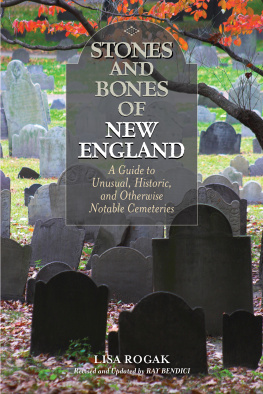
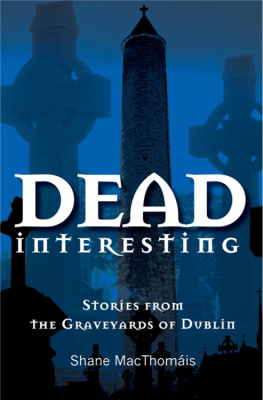
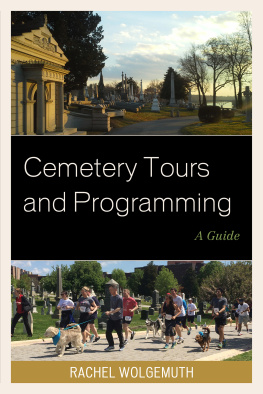
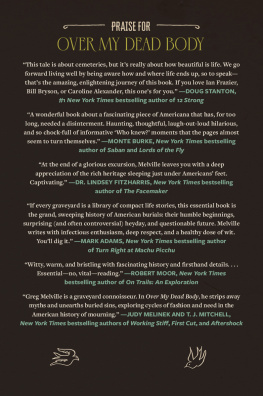
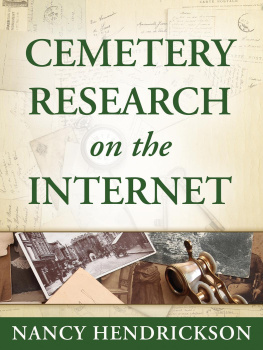
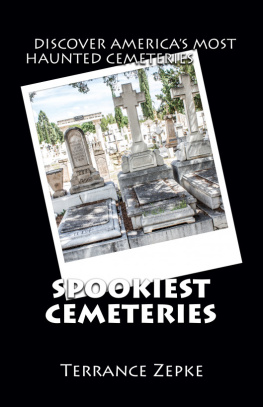
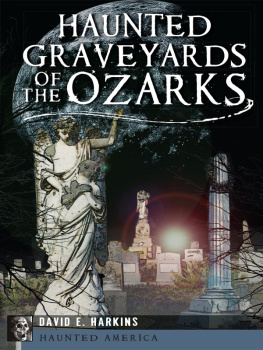



 variety of outlets, including Coast to Coast AM, FOX Travel News, LifeHack, Sky Europe, easyJet , the City of Plano and many more.
variety of outlets, including Coast to Coast AM, FOX Travel News, LifeHack, Sky Europe, easyJet , the City of Plano and many more.